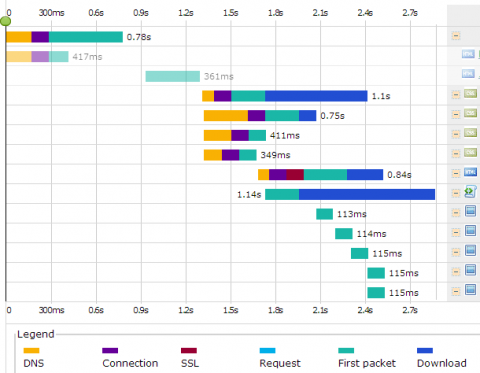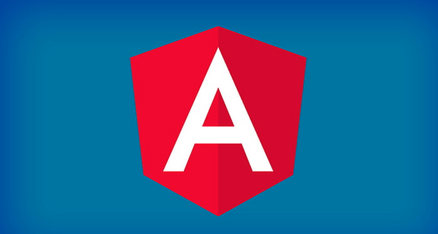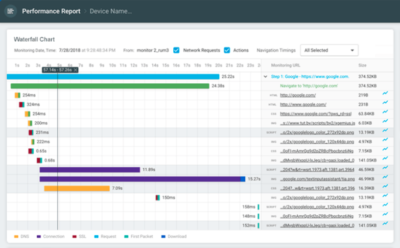Monitoring Applications that use Okta for User Authentication
As the leading provider of identity and access management and authentication for enterprises, Okta gives employees, partners, suppliers, and customers secure access to the tools they need to do their most important work. With deep integrations to over 6,000 applications, the Okta Identity Cloud enables simple and secure access from any device.








